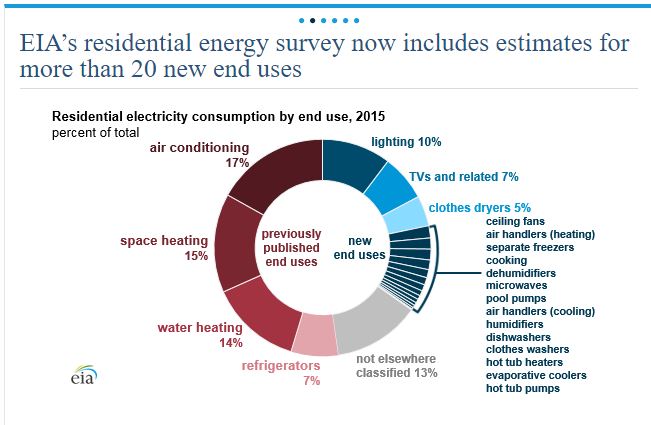There isn’t a single design which will work for all homes, but there are principles which apply to all buildings. The largest variable is location, because that will determine the design elements to be used for heating and cooling.
There is interesting data at U.S. Energy Information Administration (USEIA): Per capita energy usage by state. It is informative to note that the highest energy usage states are :
| Rank | State | Total Energy Consumed per Capita (million Btu) | |
|---|---|---|---|
| 1 | Louisiana | 897 | |
| 2 | Wyoming | 860 | |
| 3 | Alaska | 809 | |
| 4 | North Dakota | 776 |
While visiting this site, you can drill down by clicking on a state to get more specific data, such as consumption by sector (commercial, residential, transportation). Other reports are available such as Household Energy Usage.
These reports for your state can help you estimate your future energy usage, which you will need to size your power system and your heating/cooling system for your NZE Home.

The data for the U.S. reflects that 41% is used for space heating, 35% is used for appliances/electronics/lighting, 18% is water heating, 6% is air conditioning. NZE Homes use significantly less energy for all categories by implementing passive strategies for heating/lighting, insulation for heating/cooling, and by using efficient appliances and lighting. The energy used for water heating can either be electric on-demand or by using solar water heating systems.
Article: Home Appliances that add to your energy bill
Typical residential energy uses (from 2015 EIA data):

Consider you can slash your energy bill by using a clothesline. Using a dryer consumes an enormous amount of power, both for the motor turning the drum as well as the electric element which creates heat. Hang your clothes on a clothesline to save as much at least 5% of your electric usage.
